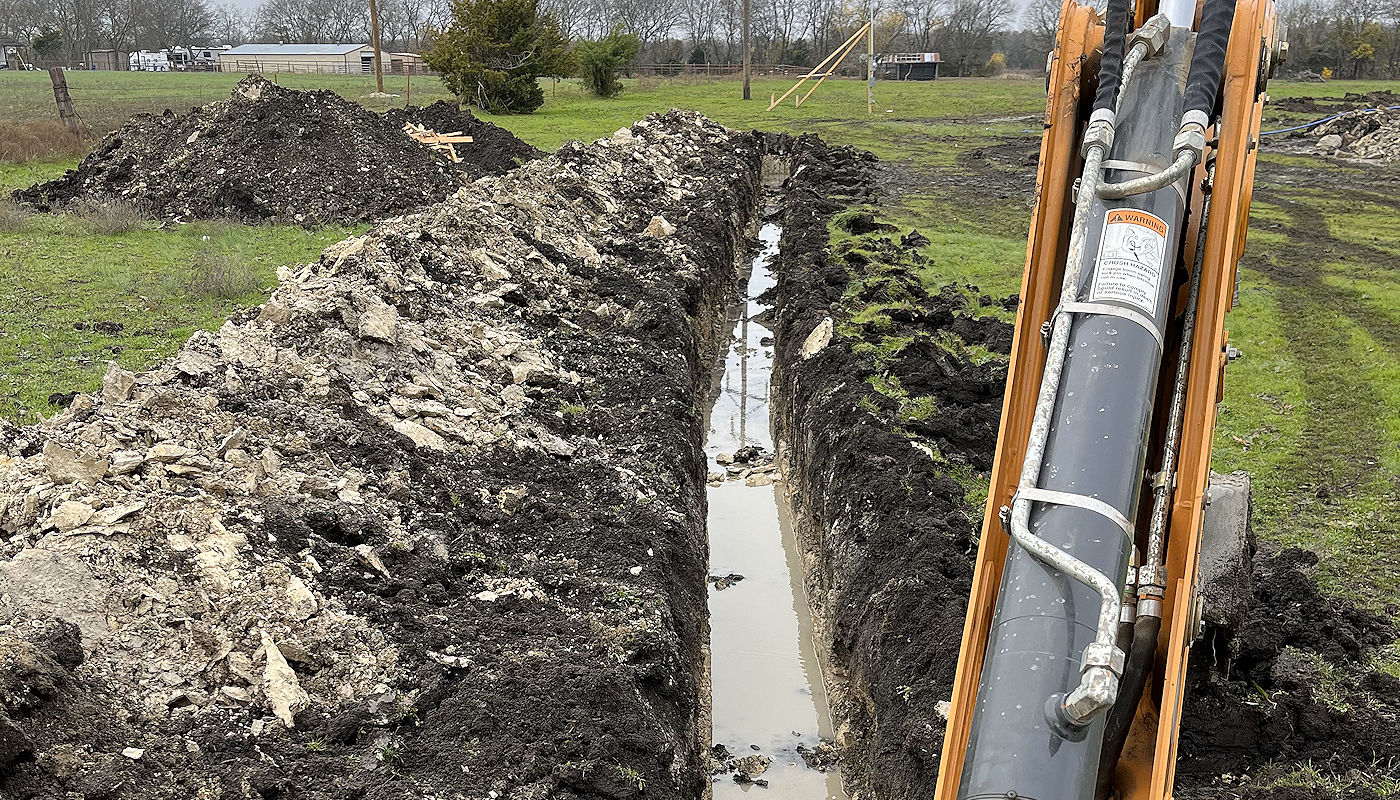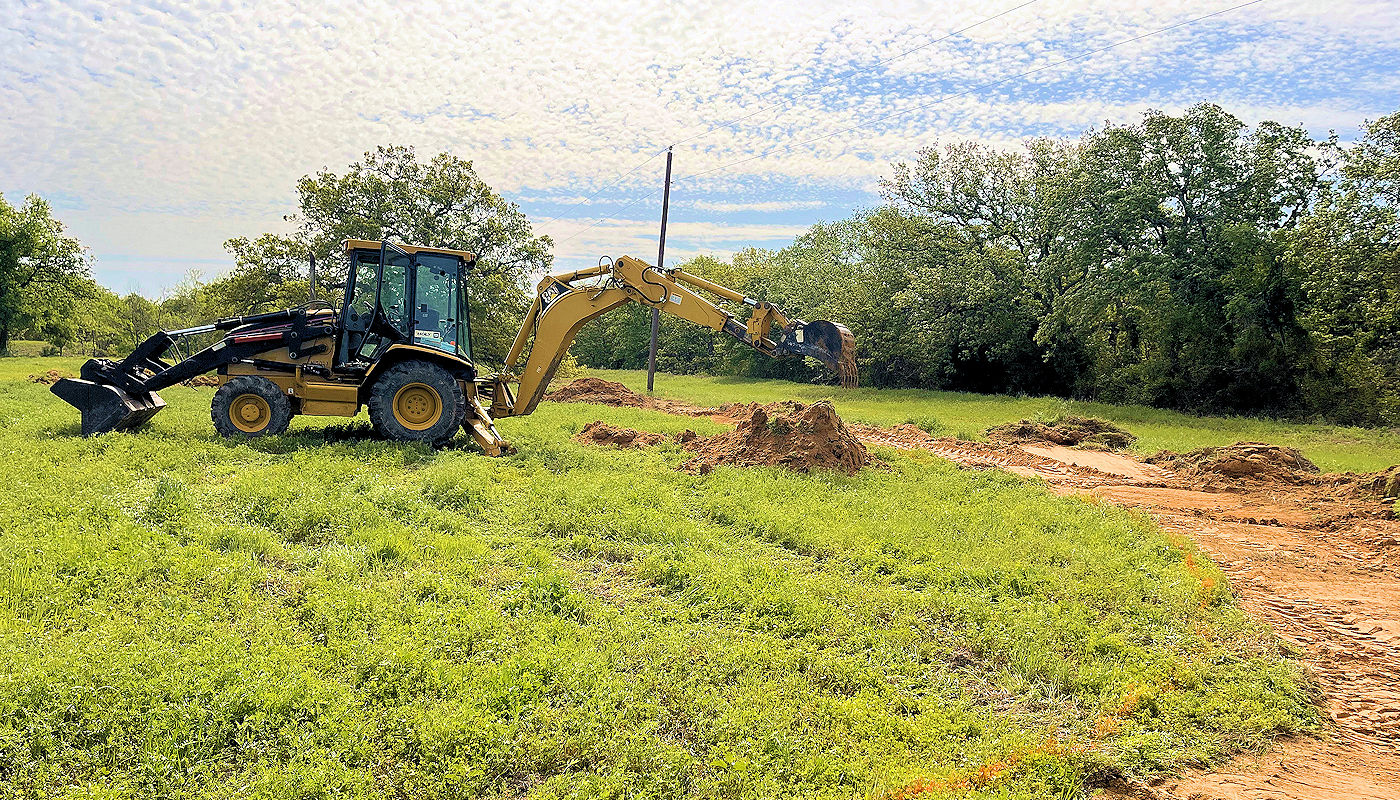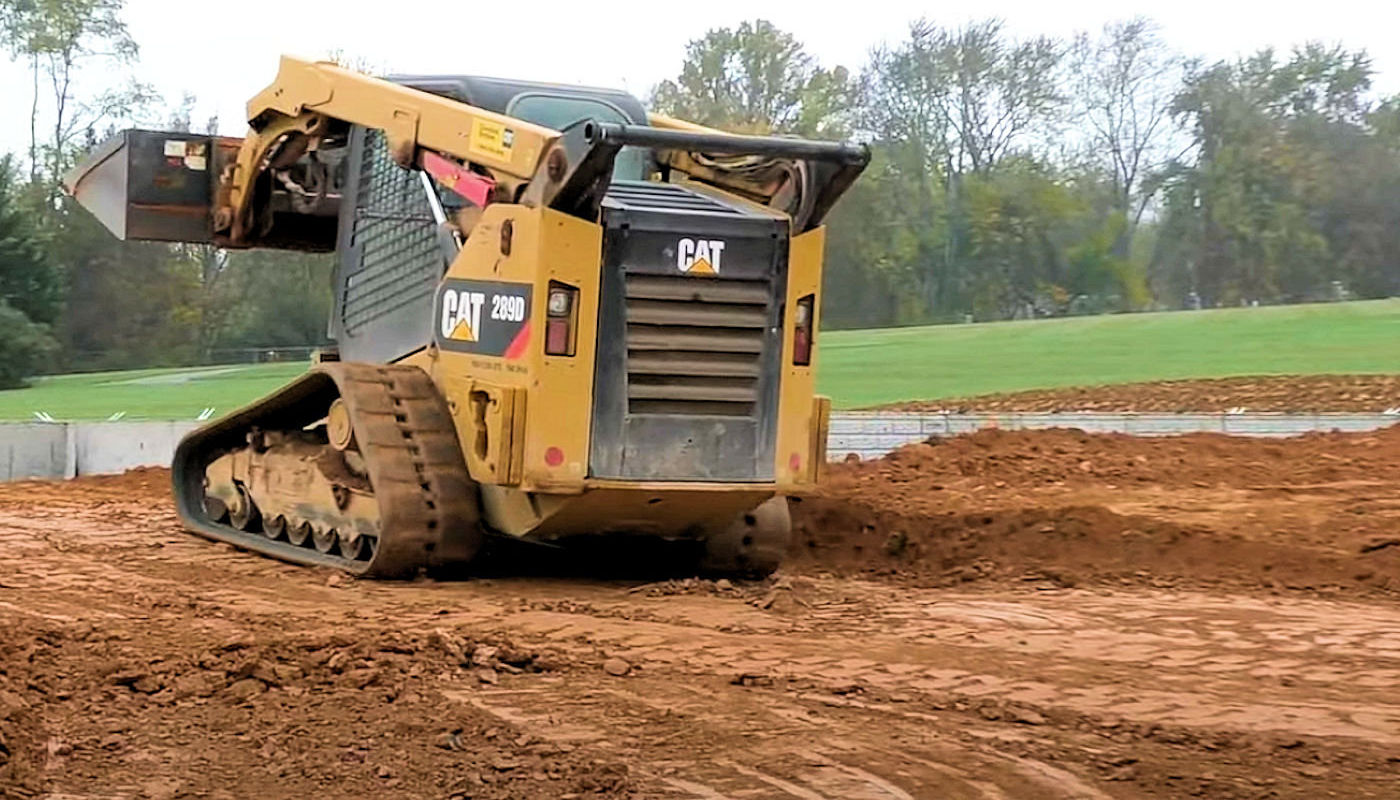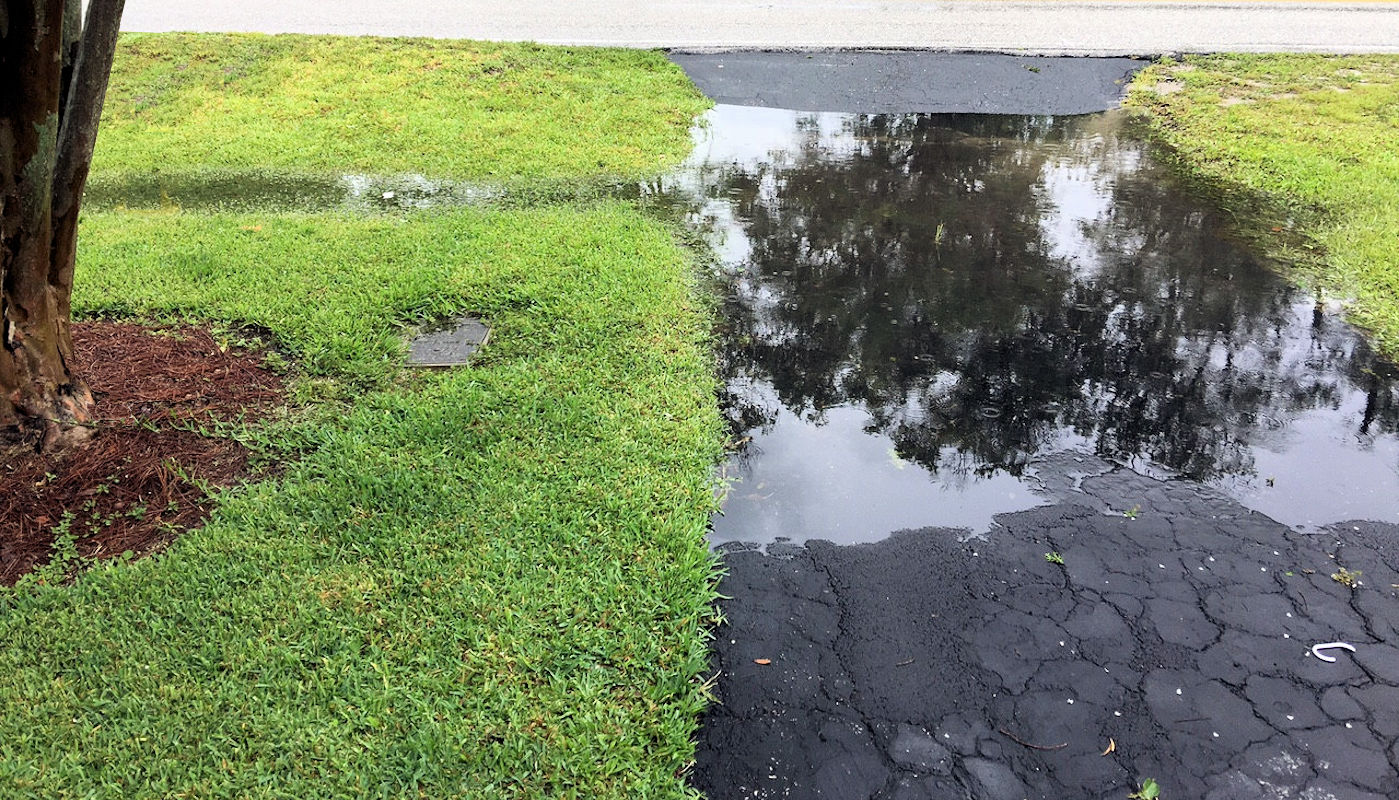

French Drain System
Yard Drainage Solutions from Texoma Excavation & Construction
French Drain System
Yard Drainage Solutions from Texoma Excavation & Construction
A French drain (also known as a “subsurface drain”, a “weeping tile”, or a “rock drain”) is a trench filled with gravel or rock, with a perforated pipe embedded in the gravel at an angle so that gravity carries water away from the home. From what is visible, a French drain looks like a rock drainage ditch. When done well, it appears to be a nice hardscaping element. While French drains are simplest to build during construction of a house, they can be added later as you discover areas requiring yard drainage solutions.
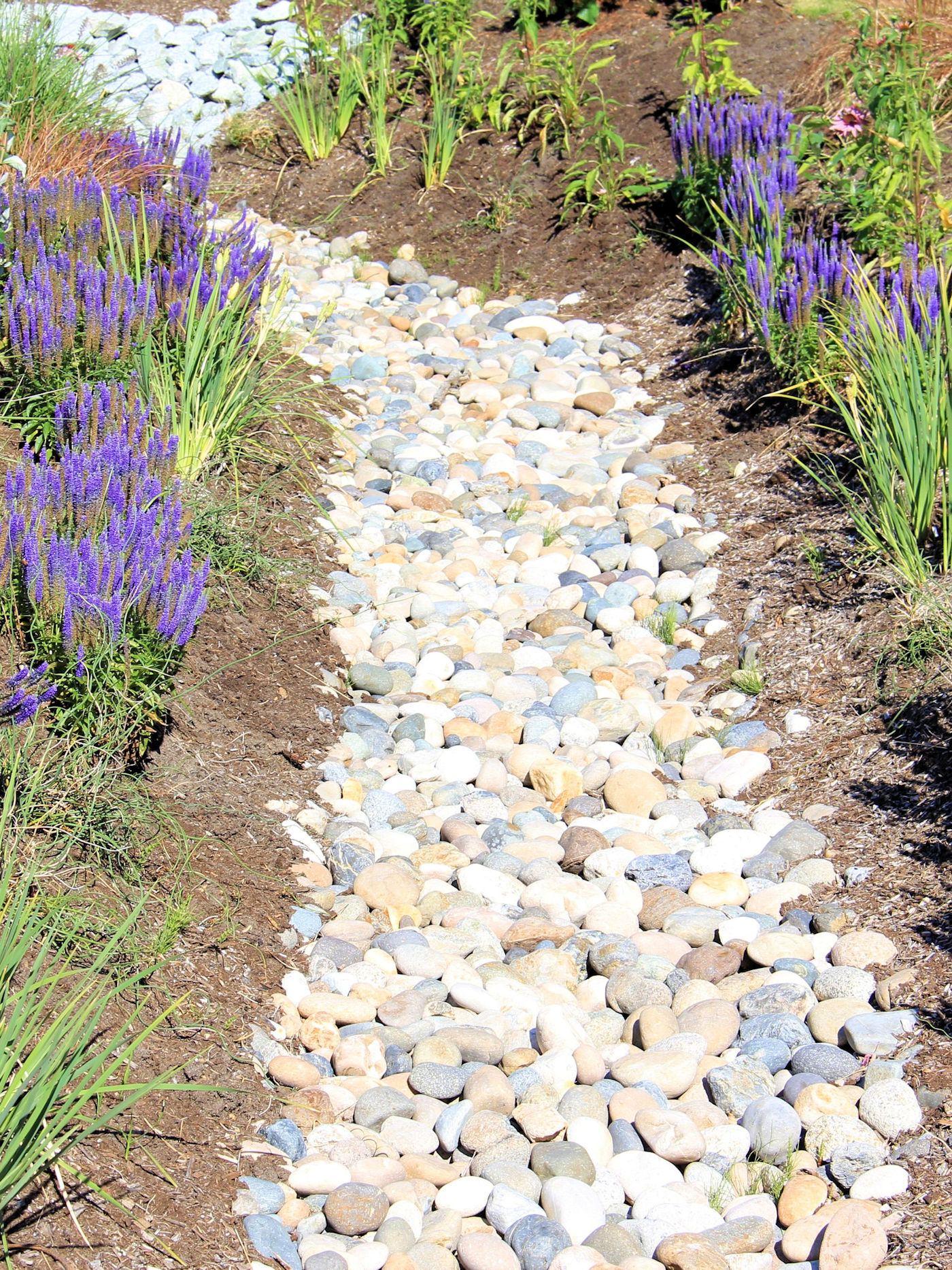
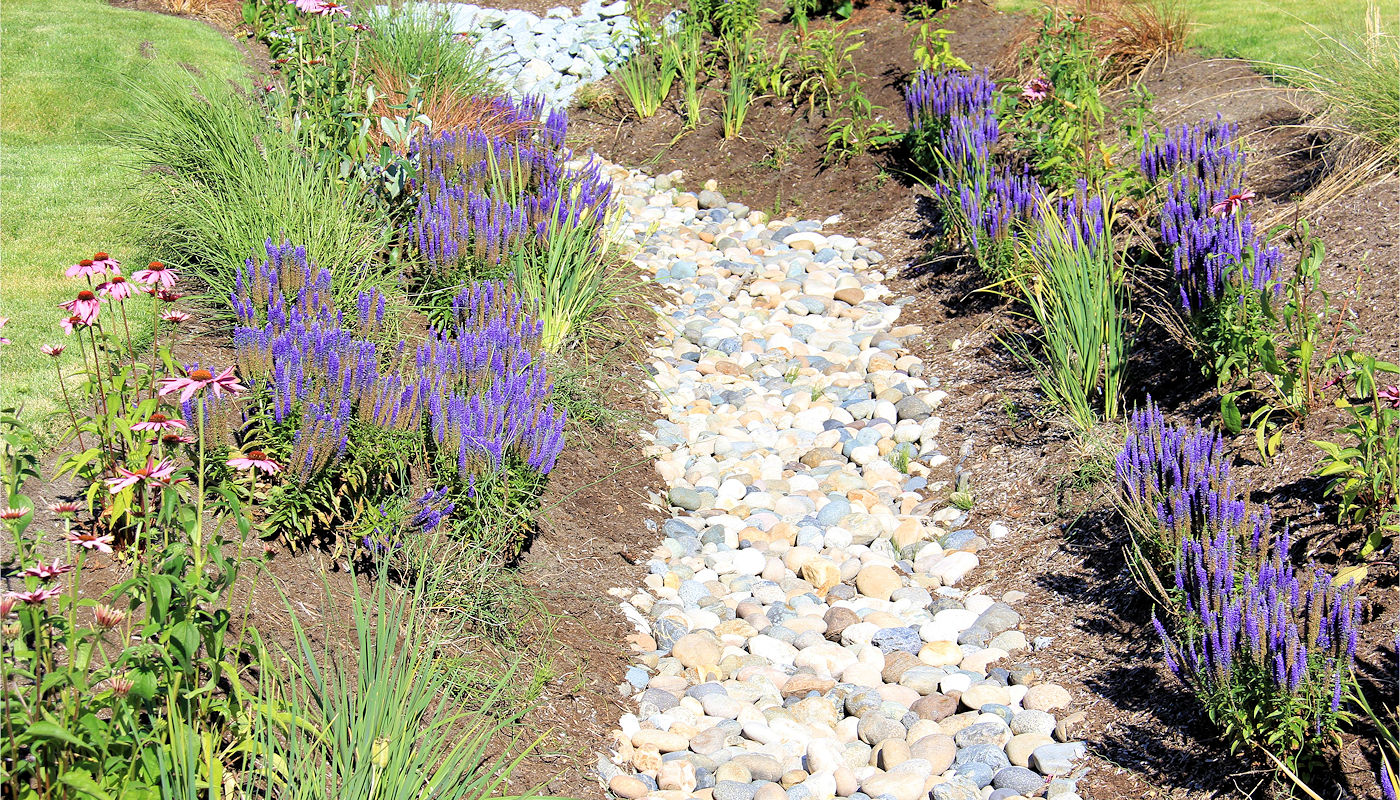
What is a French Drain?
The pipe at the base of the French drain is wrapped in landscaping fabric to prevent debris from clogging the holes and to allow water to pass through easily. The water then flows through the holes in the pipe and into a drainage area in the yard or the municipal sewer system. French drains are designed to manage water at ground level and prevent it from pooling in low spots on your property. They are especially useful for rerouting water away from the foundation of your home and preventing water damage.
The French drain is not French; it is named after Henry Flagg French, an American lawyer and farmer who popularized the technique in his 1859 book, “Farm Drainage”. However, the concept of using perforated pipes to drain water from the soil dates back to ancient times, and was used by the Romans, the Chinese, and other civilizations.
The cost of installing a French drain depends on several factors, such as the length and depth of the drain, the type and amount of materials used, the location and accessibility of the site, and the time estimated for the drainage project.
Look for telltale signs that indicate you may need a French drain:
Some common applications of a French drain system are:
Past Excavation Projects
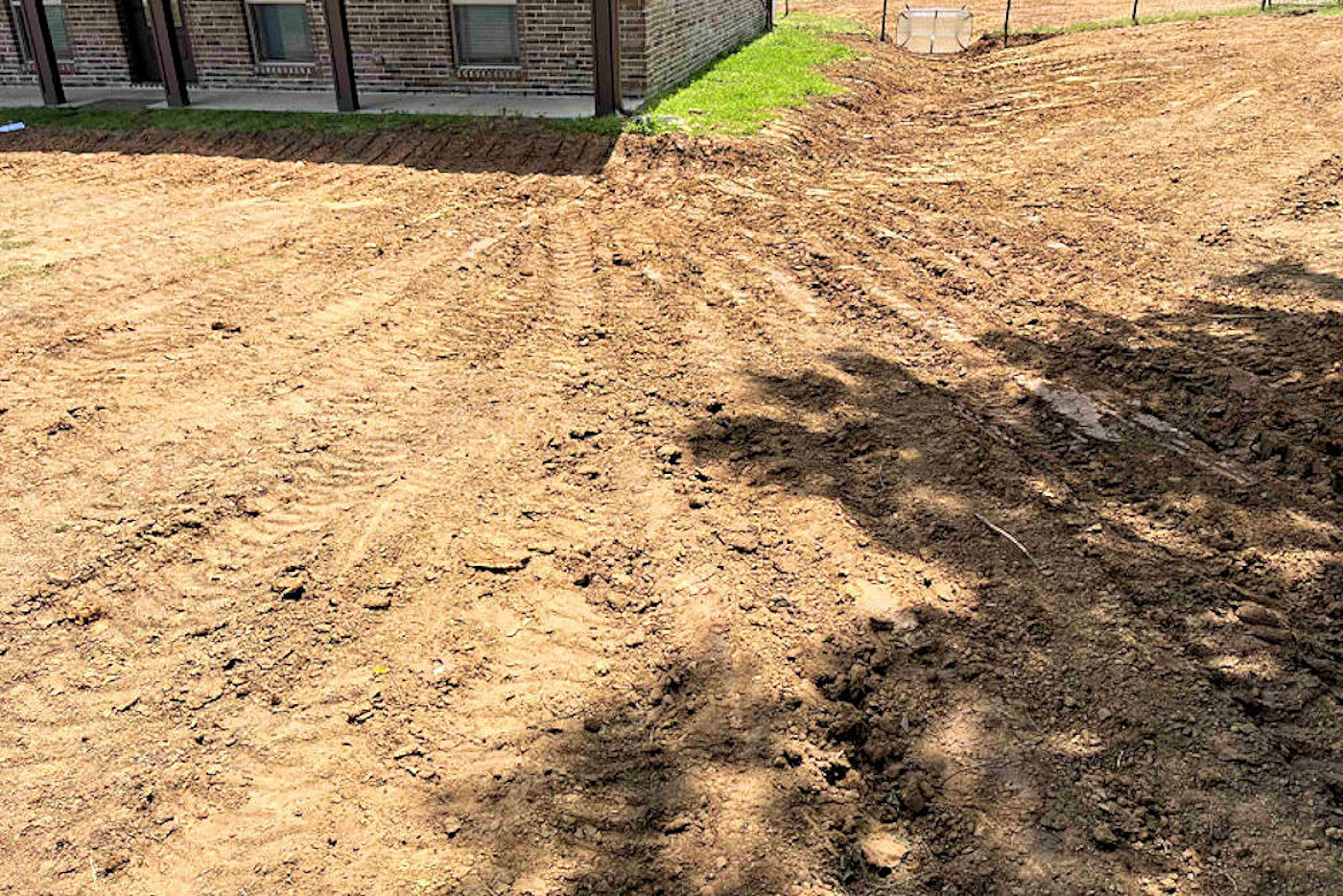
The above image shows Texoma Excavation & Construction digging a new power supply ditch and tying into the existing live power supply near Melissa, Texas. The paver stones were salvaged to be replaced. All the PVC, electrical conduit, phone lines, and small electrical lines that were destroyed were anticipated.

Pond building is a complex process that requires careful planning and execution. After all the planning, the first construction step is excavation of the area where the pond will be located. The pond excavation work shown above was near Montague, Texas. When this pond is full, it will be 7′ 2″ deep at its deepest point.
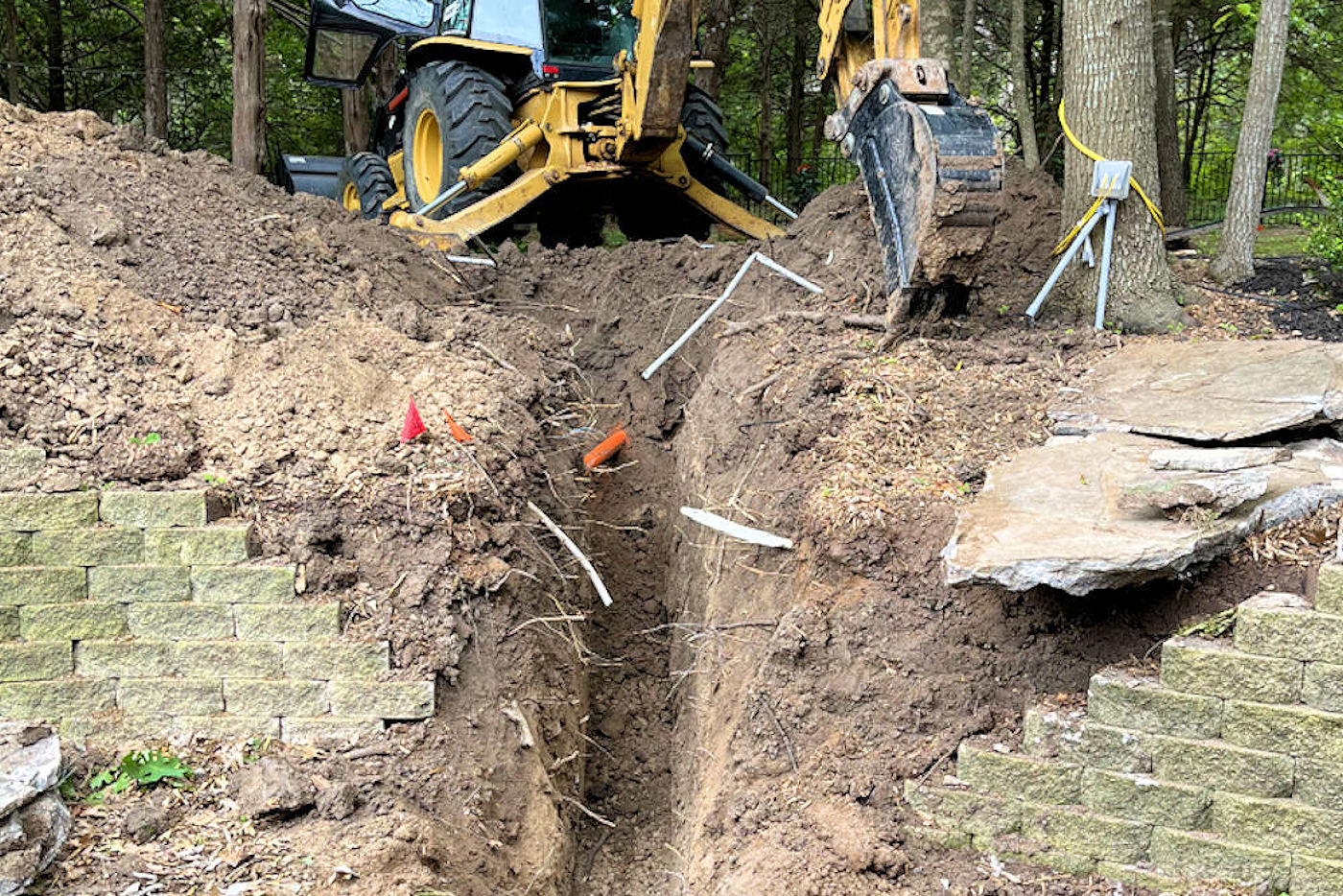
Residential drainage excavation work done near Denison, Texas. This client had some significant drainage problems during periods of high-volume runoff and tried to excavate a ditch to channel water away from his house. We were hired to polish the existing ditch and spread some grass seed.


